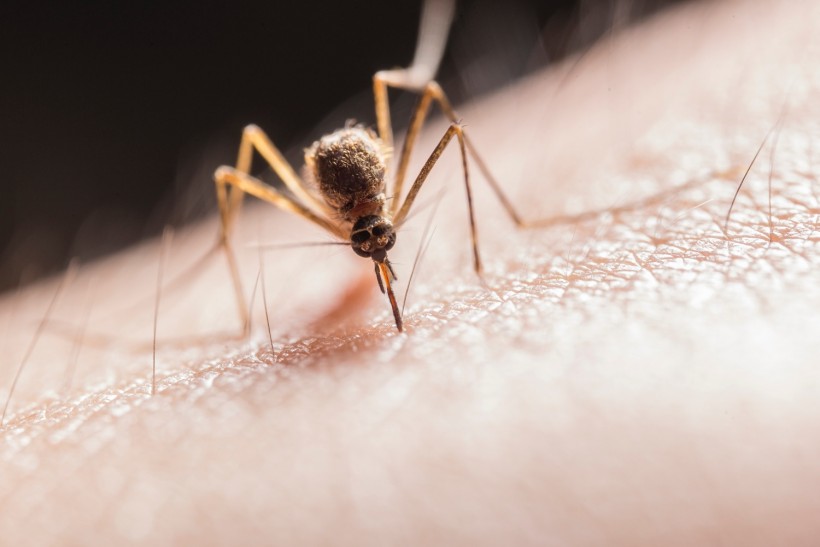A dengue fever outbreak is growing across Sri Lanka amid the persistence of its economic crisis, affecting more than six million people in the country. However, the economic degradation does not only affect the economic aspect of the South Asian country but also an ongoing scientific study about the said outbreak.
The emergence of the outbreak came following a series of economic turmoil, aggravated by the COVID-19 pandemic. Currently, details of the outbreak's impact of the study are expounded as an immunologist from the University of Sri Jayewardenepura in Colombo spoked to Nature, a multidisciplinary science journal.
Sri Lanka Dengue Outbreak

While the economic crisis is taking a toll to various sectors of Sri Lanka, it is affecting the pending work of the said immunologist named, Neelika Malavige, about the massive dengue outbreak across the country, as cited by nature.com.
Since the start of 2022, Malavige said that Sri Lanka is already close to having 41,000 confirmed cases, which can exceed the total number of cases in 2021.
Malavige said most cases are mild but 15% of people arriving at hospitals develop dengue-related hemorrhagic fever, which causes severe bleeding and can be fatal, according to nature.com.
Also Read: Spread of Dengue Caused by Climate Change: Singapore Warns the World
What is Dengue?
The World Health Organization (WHO) states that dengue is a mosquito-borne disease that has spread in almost all parts of the globe in recent years. The so-called dengue virus, which causes the said disease, is carried by female mosquitoes, mainly from the species Aedes aegypti.
Severe cases of dengue have become a leading cause of serious illness and even death in some countries in Asia and Latin America. In particular, the organization says dengue is found in regions with both tropical and sub-tropical climates worldwide, which mostly occur in urban and semi-urban areas.
The WHO states there are roughly 100 million to 400 million infections annually; over 80% of these infections are considered mild and asymptomatic.
Dengue Symptoms
The Centers for Disease Control and Prevention (CDC) outlines the most common symptoms of dengue, wherein fever is the most evident:
- Nausea
- Vomiting
- Rash
- Aches
- Pains
- Nose bleeding
- Gum bleeding
- Tiredness or restlessness
The warning signs for dengue manifests within 24 to 48 hours, with the most apparent symptoms occurring between two to seven days. Infected people usually recover after a week.
Tropics Dengue Outbreak
The organization adds dengue is prevalent in tropical regions, which is located in a horizontal hemisphere surrounding the Equator of the Earth. The tropics include some parts of Africa, Asia, Australia, North America and South America.
In general, the tropics are characterized to have a warm weather throughout the year, averaging between 77 to 82 degrees Fahrenheit (25 to 28 degrees Celsius). The warm temperatures are due to the region's constant and relative exposure to the Sun, compared with other regions of the planet, according to National Geographic.
Being roughly situated in middle part of the globe, the tropics lie along the latitude lines of the Tropic of Cancer and the Tropic of Capricorn.
Related Article: Dengue Fever: Viral Strains in Warm Countries, and How It Shifts
© 2024 NatureWorldNews.com All rights reserved. Do not reproduce without permission.





